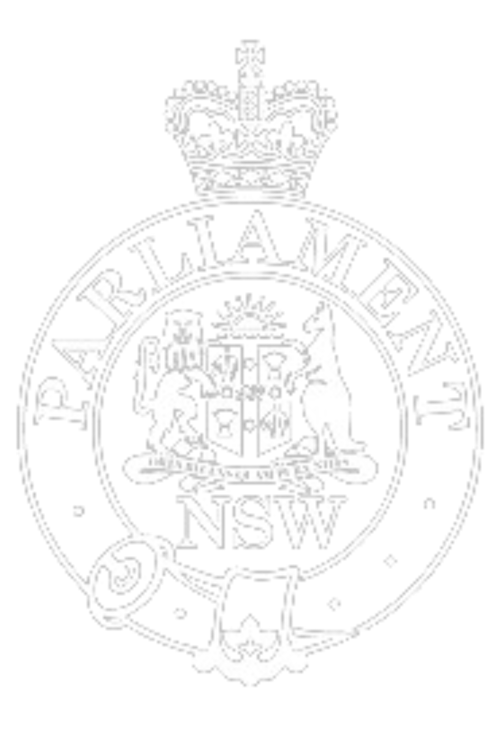Ms CHARISHMA KALIYANDA (Liverpool) (18:49): Australia has long been known as a sporting nation. It is often said that, to Australians, sport is a religion. We are a nation of sports lovers and 80 per cent of us agree that sport is a significant part of Australian culture. We are proud that we punch above our weight on the international stage and our entire nation comes together to watch moments of magic like Cathy Freeman's epic gold in the 400 metres at the Olympics, Cortnee Vine's winning kick to end the longest penalty shootout in a football World Cup and take Australia through to the semis, or the Diamonds winning the Netball World Cup for the twelfth time. Whether it is through participation, spectatorship or community engagement, sport has the power to improve our health, empower individuals and unite communities. But despite all these benefits, there are still many barriers to making sure that sport is accessible to our most vulnerable community members.
Sport has also long had the potential to build a sense of belonging and pride as a force for social good by building bridges between us all. Sport can quite literally change lives. In Liverpool and south-west Sydney, we have seen a number of our young sons and daughters go on to not only change their lives, but also be role models for many others through sport. Some of these names include Mark Bosnich, Michael Clarke and Anthony Minichiello. But we cannot rely on previous sporting victories and assume that challenges and barriers to accessing community sport do not exist. A white paper prepared by Western Sydney University identified Sydney as being among the 10 most culturally diverse cities in the world. Much of Sydney's diversity can be found in the west and south-west, the parts of the city that are growing most rapidly in terms of population and consequently economically. The white paper identifies a role for professional sporting clubs and governments to respond to the challenges they highlight. We must ensure that the growth in our region is not to the benefit of very few at the expense of most in our community.
Australian sporting organisations, from the grassroots to elite level, develop and deliver a range of community sport and physical activity engagement initiatives to promote health, improve educational outcomes and enhance social cohesion. Although sporting organisations are contributing to their communities in a variety of ways, very few are formally evaluating and effectively reporting on these program outcomes. As a result, the effectiveness and impact of community engagement initiatives on health, wellness and social outcomes are largely unknown. From grassroots to the elite level, the COVID pandemic has undoubtedly changed the global sporting landscape. Australia's national sporting organisations, professional teams and community clubs were all impacted by lockdowns and the cancellation of matches, competitions and major sporting events.
As we transition to the new normal, there is a need for professional and community-based sporting organisations to reassess and potentially refocus their engagement activities. It comes as no surprise then that more than half of Australians, 56 per cent, believe sporting codes should focus more on community participation. When community spirit is bolstered through sport, not only does the local area benefit but also it feeds back into the national sense of identity. Local sporting clubs create a shared sense of belonging and community outside family and workplaces, alongside religious and other service organisations.
Recently I doorknocked a young man with a keen interest in our community. Stefan was not only interested in what was happening around him but also was confident in articulating his thoughts and ideas as to what Liverpool desperately lacks and needs. Stefan identified local sporting facilities and programs as hugely important to engaging with local youth and community members. He identified boredom and the lack of community sporting infrastructure for youth as key reasons for disengagement, which can often lead to young people getting into conflict with the law or feeling like opportunities are just not there for them in south-west Sydney. I bring to the attention of the House the unfortunate lack of resources and investment in local sporting facilities in Liverpool by several levels of government over the past decade.
I start with the previous Liberal-Nationals Government. Despite Liverpool experiencing a number of natural disasters over the past few years and bearing the brunt of restrictive lockdowns during the COVID pandemic, Liverpool was consistently overlooked for grants and funding. This also includes the mysterious disappearance of discussion about $3.1 million in a range of participation initiatives focused on areas most affected by restrictions, including south-western Sydney and regional New South Wales. This funding was to prioritise individuals or groups who traditionally have less access to physical activity opportunities. This has been compounded by the ongoing incompetence of Liverpool City Council in delivering central community sporting infrastructure to those in our area who would most benefit from it.
In the previous term of council under the former mayor, Wendy Waller, the facilities at Woodward Park and Whitlam Leisure Centre in Liverpool and Michael Wenden Aquatic Leisure Centre in Miller had been master planned for preparation in action, but since then there has been nothing. Every week I speak with local sporting groups and residents who express concern about the future of our local sporting talent.


